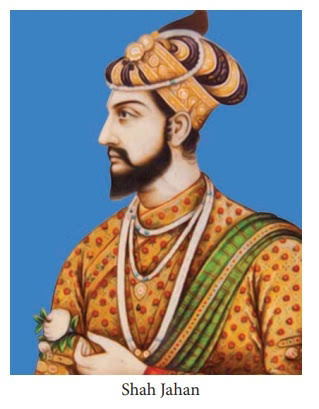One Rupee Coins 1947
Lot of 50 Coins Rs 20,000
-----------------------------------------
Rare coins for sale
British India silver coins
King George Vi coins
Features
Issuer India - British (British India)
King George VI (1936-1952)
Type Standard circulation coin
Year 1947
Value 1 Rupee
Currency Rupee (1770-1947)
Composition Nickel
Weight 11.8 g
Diameter 28 mm
Thickness 2.48 mm
Shape Round
Technique Milled
Orientation Medal alignment ↑↑
Demonetized Yes
Obverse
Crowned head George VI facing left
Lettering: GEORGE VI KING EMPEROR
Engraver: Percy Metcalfe
Reverse
Indian tiger (panthera tigris)
One rupee (Ek Rupya) in Nagari, English and Urdu
Lettering:
एक रूपया ONE RUPEE یک روپیہ
INDIA
1947
Translation: One Rupee
Engraver: P. W. M. Brindley
Edge
Security
Mints
Lahore, Pakistan
♦ Mumbai / Bombay, India (1829-date)
B Mumbai / Bombay, India (1829-date
One Rupee Coins 1947 Issued on Indian independence day
Albert Frederick Arthur George Windsor
House
Windsor (from 1917)
Saxe-Coburg and Gotha (until 1917)
Father
George V
Mother
Mary of Teck
Service/branch
Royal Navy
Royal Air Force
Years of service
1913–1919 (active service)
Battles/wars
World War I
Battle of Jutland
He was succeeded as monarch by his elder daughter, Elizabeth.
George had a stutter.[2] This made it very difficult for him to carry out many of the public duties of a king which required him to make speeches. He was treated by an Australian speech and language therapist called Lionel Logue.[2] The story of this part of George's life was made into a movie in 2010 called The King's Speech.[2] Colin Firth played the role of George, and Geoffrey Rush played the role of Logue.
George became a very popular king throughout the British Empire. He won admiration during World War II (1939–1945), in which he stayed at Buckingham Palace during the most intense months of the Blitz. The Palace was bombed more than twice but he still remained, becoming a symbol of resistance and "fighting spirit". He enjoyed a close working relationship with his wartime Prime Minister Winston Churchill, inviting him to join the Royal Family on Victory in Europe Day (1945) to celebrate the defeat of the Nazis.
After World War II ended, his health began to decline which meant he couldn’t do many duties as king so Princess Elizabeth took them on in his place. A heavy smoker, George died of lung cancer and was given a state funeral. He was 56 years old.


Comments
Post a Comment